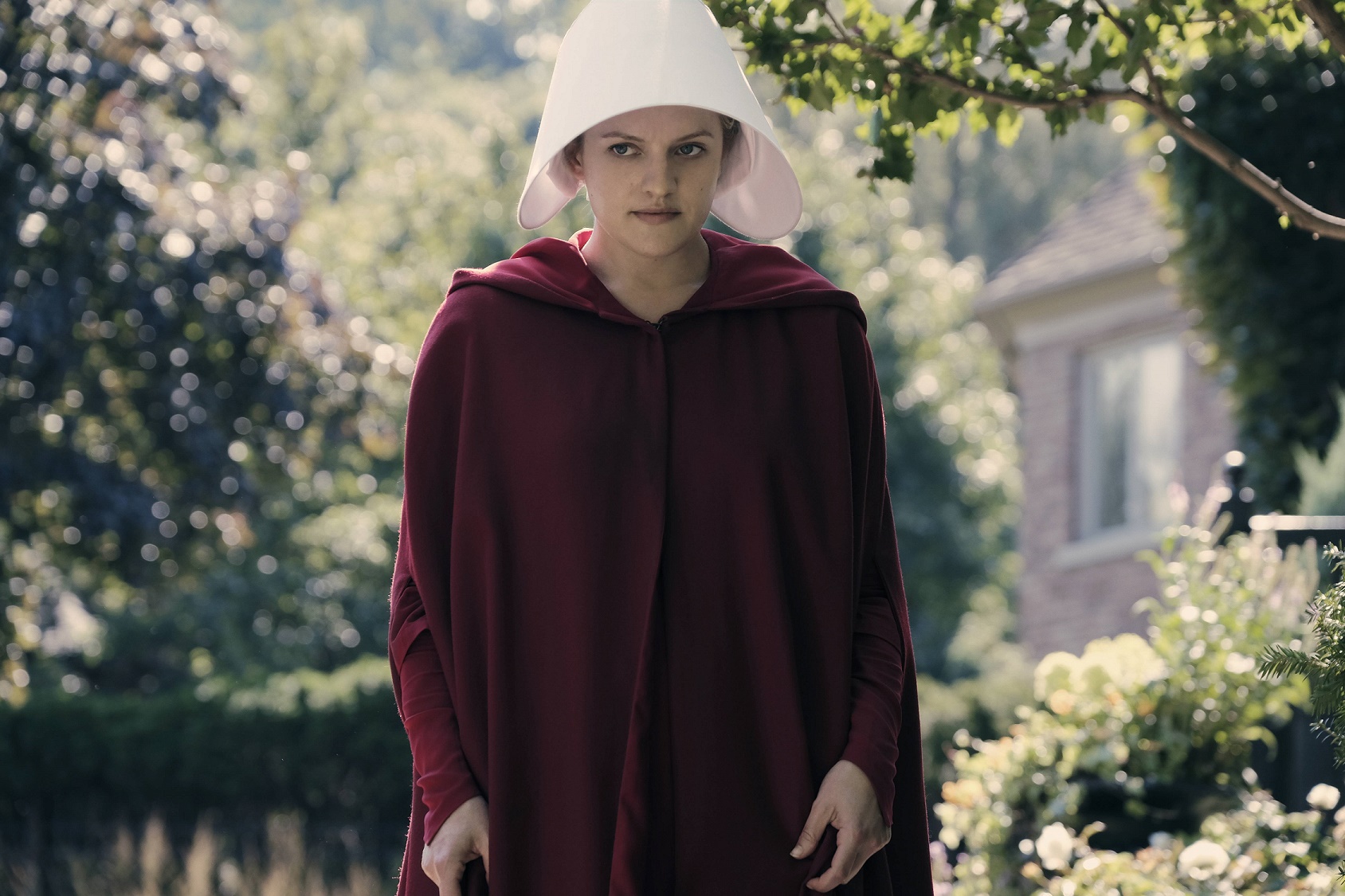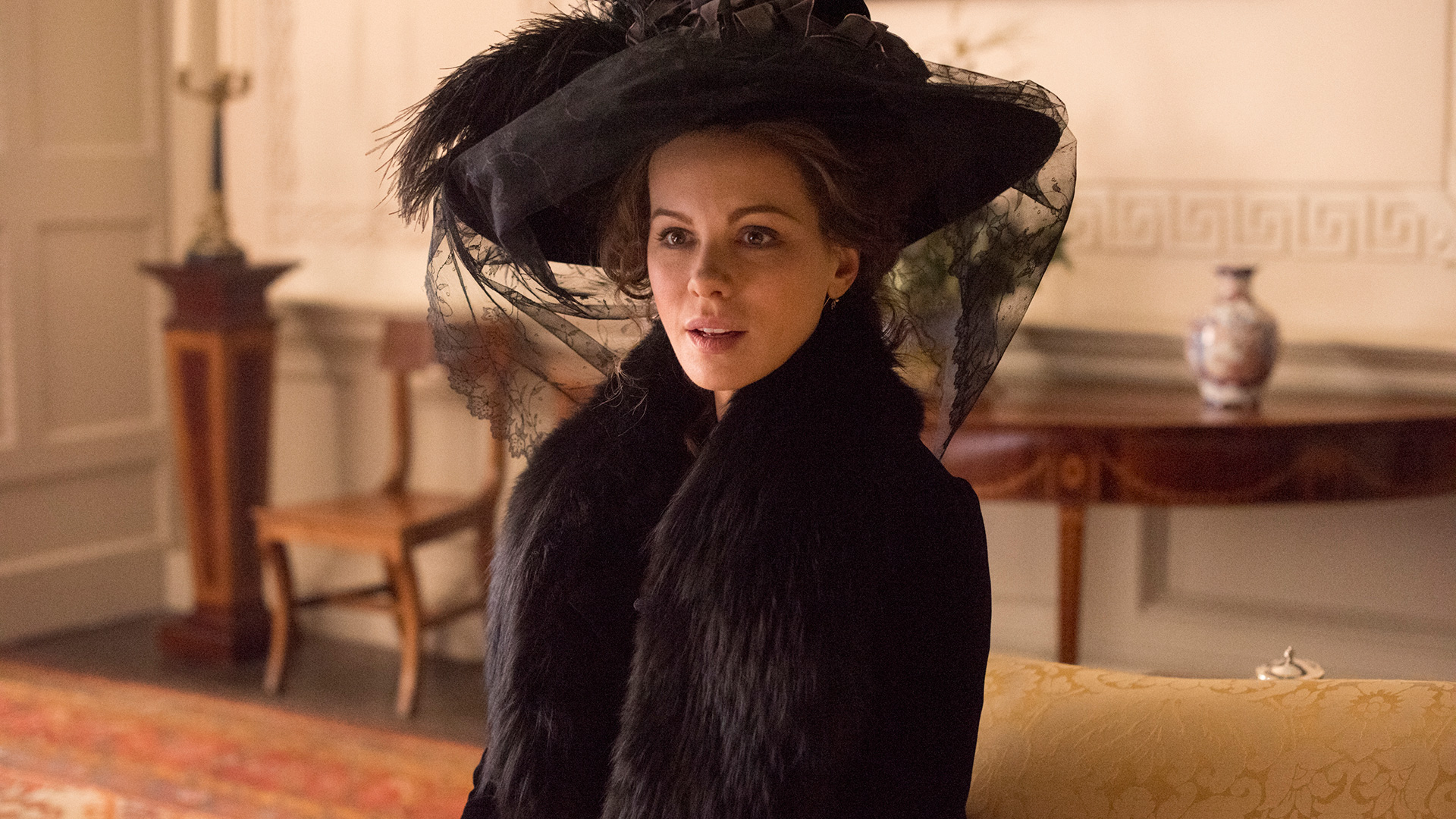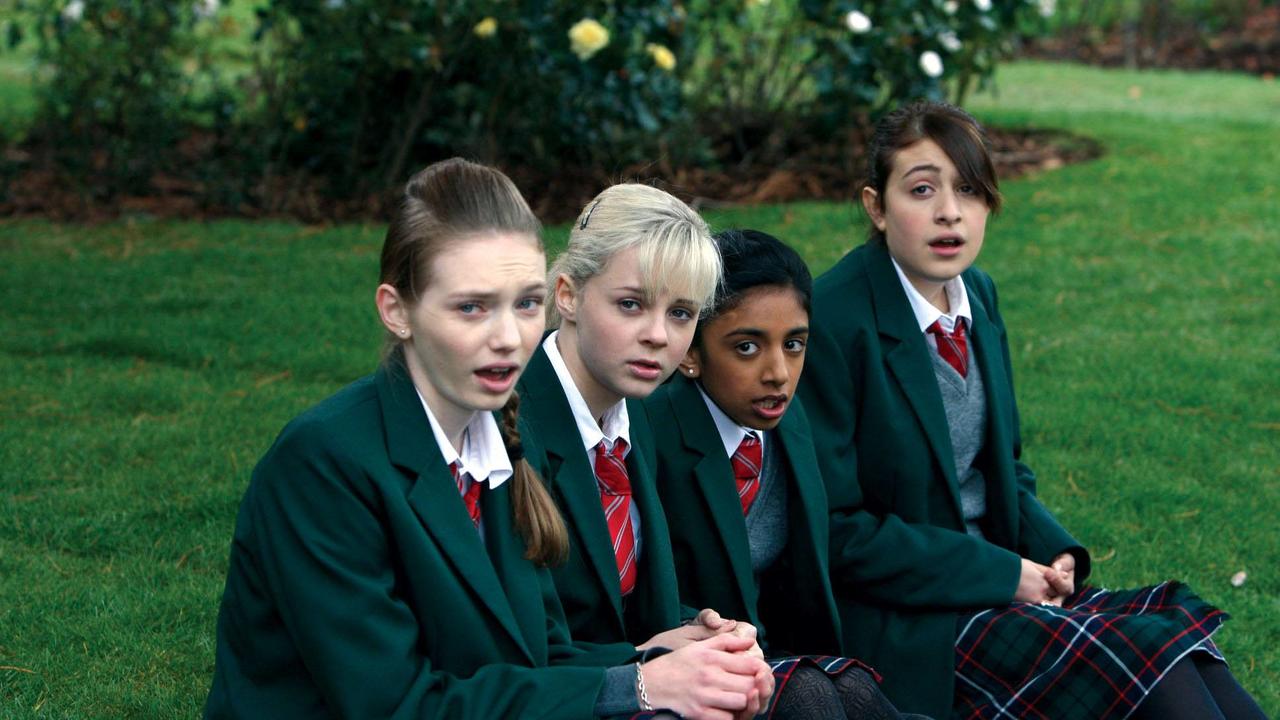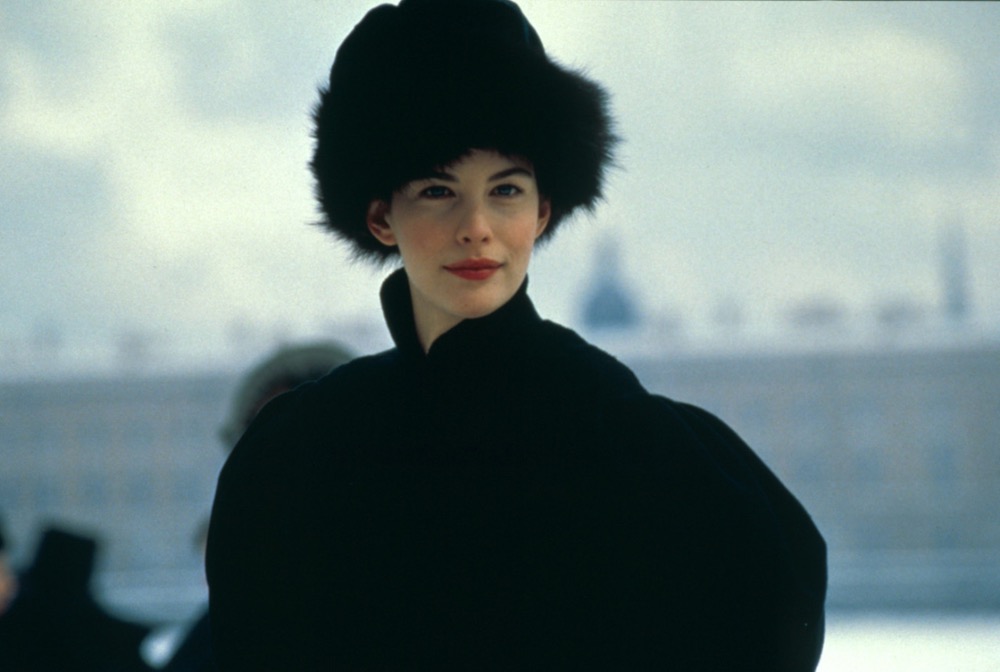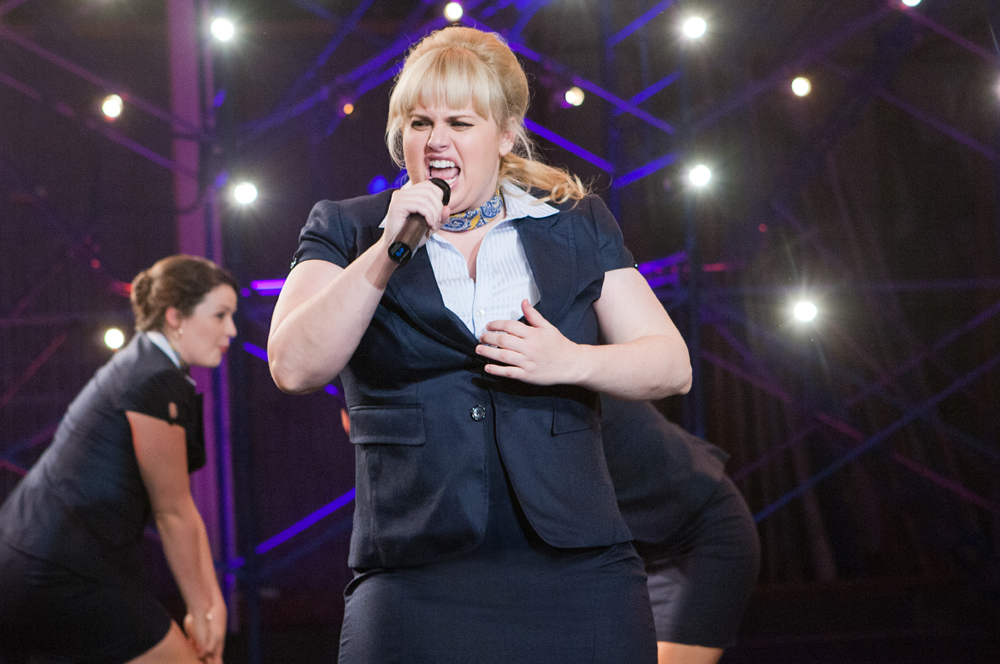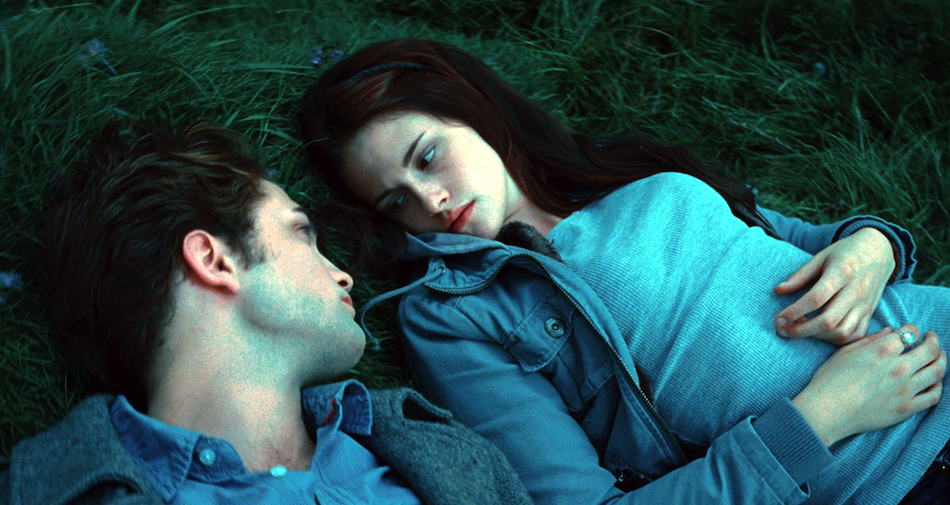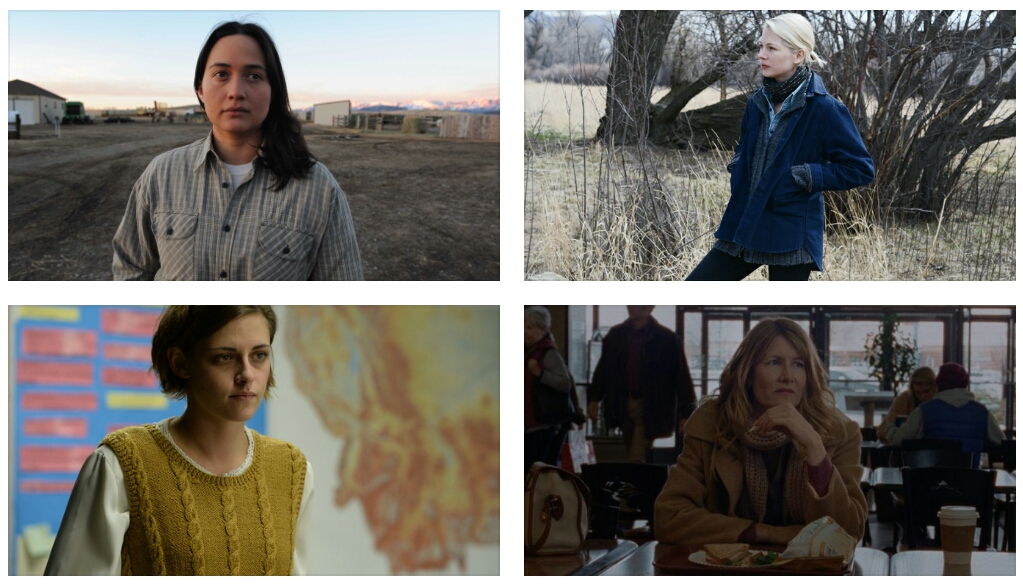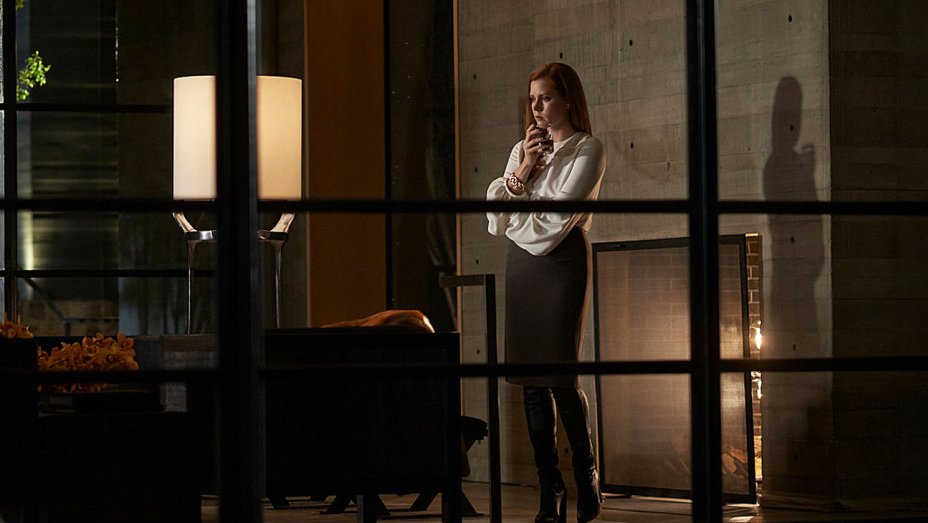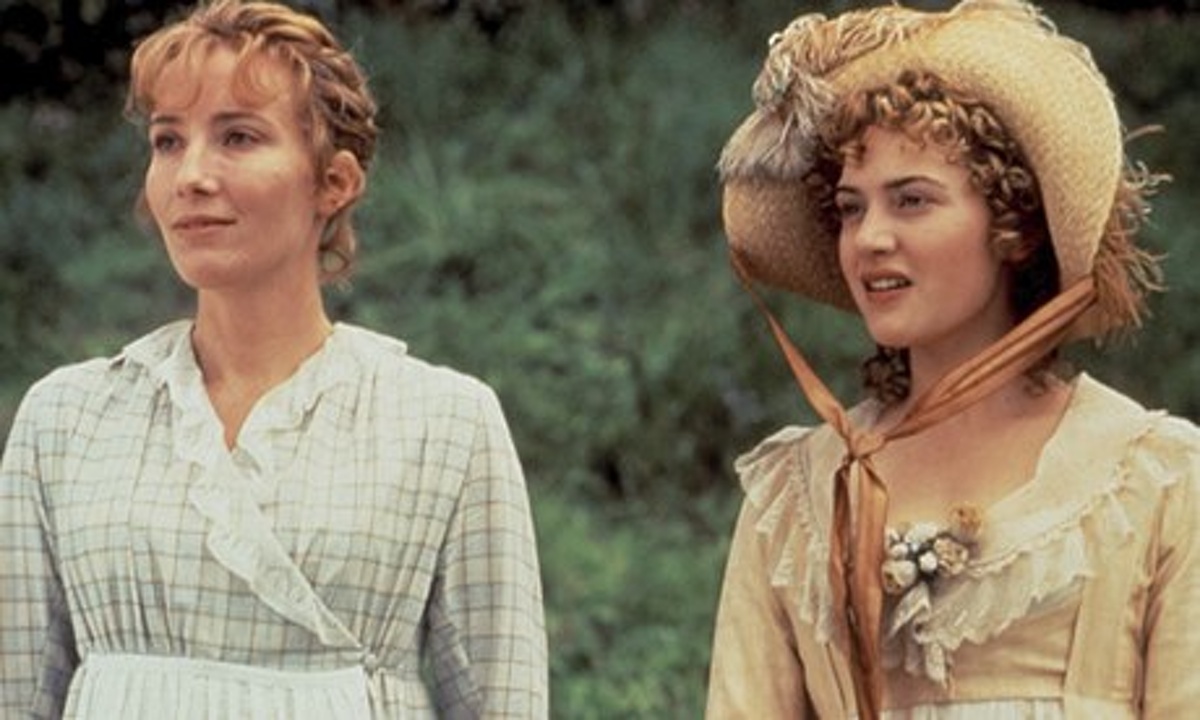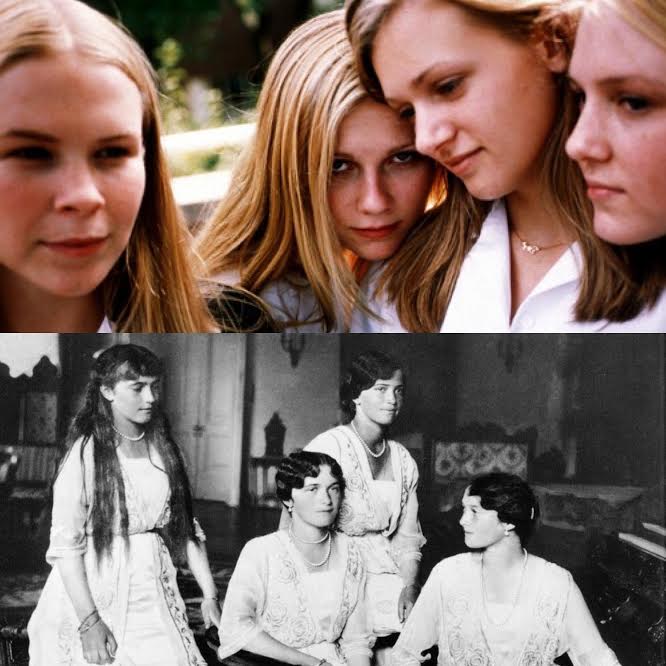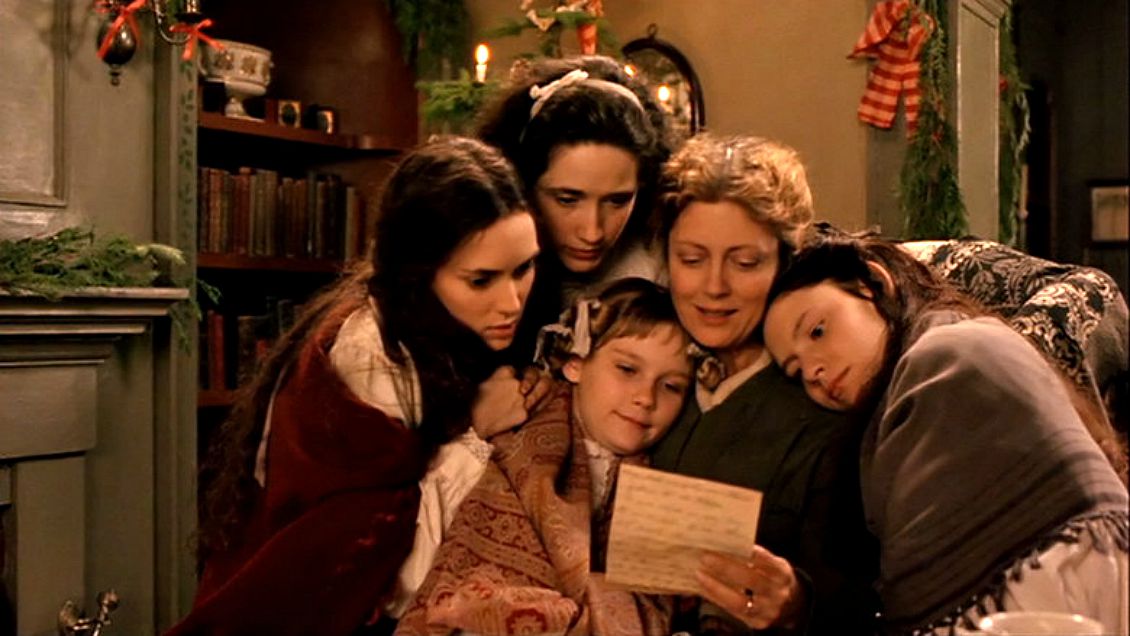Guest post written by Ani Bundel.
When the Emmy nominations for the 2016-2017 television season arrived, for the first time since 2011, there was a huge opening for new “prestige TV shows” to make their mark. For years, the “Drama” category, as well as the myriad of technical awards that are pushed out of the main televised portion of the event, has been dominated by one show: Game of Thrones. But this year, due to a twist in scheduling, HBO’s mainstay is not eligible. In its stead, the opportunity for Best Drama, as well as wins for cinematography, production design, and costumes, should go to The Handmaid’s Tale. In addition to these categories, the series also received Emmy nominations for acting (Elisabeth Moss, Samira Wiley, Ann Down, and Alexis Bledel), directing (Reed Morano and Kate Dennis), writing (Bruce Miller), casting, and visual effects.
The Handmaid’s Tale, which stars Elisabeth Moss as June/Offred, is a hard watch in terms of emotional drama. But the TV series, which is the first prestige drama to focus intimately on a woman’s perspective of a dystopian world, rivals Game of Thrones in terms of visual splendor. Some of the more chilling aspects of the show are drawn directly from Margaret Atwood’s 1985 dystopian novel: the blood red of the Handmaids’ garb, the blue of the Wives. In addition to evoking a sanguine shade, Atwood chose red for the Handmaids to symbolize Mary Magdalene. She also chose the color because prisoners of war were forced to wear red in Canada during WWII “because it shows up so very well in the snow.” In the novel and the series, the Wives wear blue to symbolize the Virgin Mary and feminine religious piety. The particular shades of red and peacock blue used were inspire by nature: a red maple leaf against a teal sky, used to contrast the two groups of women but still be aesthetically appealing visually. The show’s choices with lighting enhance this already striking visual stratification of society. Regarding the costumes’ color symbolism, costume designer Ane Crabtree told Vanity Fair:
“We wanted the Handmaids, as they are the fertile women’s tribe of the story, to flow down the streets of Gilead, leaving a long line of red in the midst of the gray of Gilead. Beyond this, the red is the color of a womb, of a wanton woman, a scarlet kind of mark upon a pious world of dark tones in the visual landscape, and also in a tiny intimate space.”
In an interview with The Hollywood Reporter, Crabtree said that it was “intense” finding the right shade of red that would look like “liquid blood” as well as look striking on camera on women of all races. Just as the wardrobes stratify the women, the lighting and production design work in tandem to convey the Handmaids’ oppression as well. Director of photography Colin Watkinson told Indiewire: “I want you to feel the light coming from the outside, so it’s based in a reality, but it’s a hyperreality.” Production designer Julie Berghoff told Curbed that visually, June/Offred “should feel like a mouse in a cage.”
Before the series even aired on Hulu, the red of the Handmaids’ costumes along with their bonnets (which work like human versions of horse blinders) had already made an impact. Cosplayers showed up to events (and to political rallies) dressed in costumes taken from the show’s promotional materials, unnerving those passing by and security guards alike. But on-screen, the stark red of their outfits becomes more pronounced with the warm, pink tinged lighting tones.
In scenes like the birthing room, and other moments when all the Handmaids are gathered together with Aunt Lydia (Ann Dowd), the show turns up the pink highlights. The TV series “uses vaguely Nazi brown for the Aunts.” The skin of the actresses become rosier, more flushed, as if to remind us these women who are forced to serve are alive, full of life, in fact the only ones so alive, they can breed new life.
Contrast that against the green filters used on the wives like Serena Joy (Yvonne Strahovski). Much like the pink tinged filters, the most obvious moment comes during the birthing scene, with the wives downstairs playacting at labor while upstairs the handmaid Ofwarren (Madeline Brewer) actually feels the pain.
But it is all the more jarring when these green women suddenly invade the birthing room at the end of the sequence, and their green is suddenly lit by the pink filters – a little borrowing of the Handmaid’s inner life while stealing their inner ability to make it. The opposite happens during the afterbirth, when Offred is forced to sit in the green tinged living rooms of the Wives cooing over the baby. The green filters drain Moss of the pink we’ve seen her look previously, as these vampires around her drain it for their own masquerades.
Interestingly, there are two other moments when Offred looks less lifelike. The first is with Commander Waterford (Joseph Fiennes). He too is lit with a green wash to match his wife. It’s a subtle signaling by the show that he is just as barren as the woman he married, and that in fact, there is no chance he can get Offred any more pregnant than he can Serena Joy. Both Waterfords are always lit in green tones — even during the “before” flashbacks of the Serena Joy episode. Not only are they sterile people — although we don’t actually know if Serena is infertile, as women are the ones blamed for infertility, despite at least the doctor Offred visits knowing it’s men who could be sterile — they are sickly ones who would oppress others and take their happiness.
The other times Offred looks more pallid are whenever she’s down in the kitchen with the Martha character Rita (Amanda Brugel). The Marthas, per the book, are dressed in drab greens, as if to help them fade into the walls. The lighting enhances this, and Wilkinson said for the lighting they “opted for grey diffusion and unbleached muslin bounce.” But the lighting on the Marthas is always unnaturally dim and shadowed, as if to hide them. No wonder they are the servants in Gilead with the most effective network.
There is one time in Gilead that these stratifications are thrown to the side – the trip to the world of the Jezebels where Offred sees Moira (Samira Wiley) for the first time since being assigned to the Waterfords. Those sequences have a golden tinge to them, a deliberate call back to all of the sequences “before” Gilead happened. This is also the time when we see people wearing the colors of pre-Gilead life. It’s noteworthy that these sequences eschew red, greenish blue, and grayish green for browns, oranges, yellows, and blues.
Book readers could have predicted this about the Jezebels sequence – after all, that, like the rest of the world building, is pulled straight from the novel. But what was striking is how much it recalled the flashbacks (which don’t exist quite in the same fashion on the page), as well as our Canadian episode with June’s husband Luke (O-T Fagbenle).
On first watch, this was my least favorite episode. In a show that had focused on the oppression of women and their stories, why were we forced to sit for an hour to watch a man who escaped this world? (Other than the obviousness that this was helping build out space for a second season?) But upon closer inspection, this episode turned out to be the cruelest cut of all, and it was all in the lighting of Luke’s memories.
All the memories of June with their daughter were gold hued and backlit, creating golden halos around June’s silhouette. Now, I understand that absence makes the heart grow fonder, and for Luke to hold on to the past to rescue his wife requires he remember his family as sweeter than perhaps they were in his pre-Gilead life. But this “Mother Mary” image of his wife (second wife, as we should recall) also recalls the scene in the early episodes when the rights of women were first taken away. Luke’s response to June, “Don’t worry, I’ll take care of you.”
Though he might not be the one trying to take her rights away, it doesn’t bother him that much when those rights are taken. This sexist condescension, which both June and Moira challenge, makes it seem like June was never fully equal or human to him – even a good man, like Luke, has these patriarchal beliefs inside him. No wonder Gilead succeeded. Who is to say that Luke wouldn’t stop bothering to rescue his wife if he was offered a house like the Commander’s, and a Handmaid of his own? Although, Luke would never be offered these luxuries as the government considered him a criminal for marrying a second time.
All this worldbuilding, shown with just a few visual cues. So much said about where our society could head, if we don’t stay vigilant against those who would oppress us. Yet, our society (and others) already headed this way historically with slavery in the U.S. and the rape and forced breeding of Black women. Stealing children occurred in Argentina and to Indigenous people in Canada and Australia. Every oppressive tactic by Gilead in both the novel and the TV series has occurred in real life. Echoing this, director and executive producer Reed Morano told Indiewire:
“I didn’t want it feel like a period piece. That was my fear with the costumes and everything. I pushed very hard that all the uniforms in Gilead had modern elements to them. Period would defeat the purpose. There are women in the world who experience these things today, and this story is a warning it could happen here just like that. It needed to be and feel other.”
The TCAs have already heaped nominations upon The Handmaid’s Tale (along with This Is Us), the first bellwether of how this year’s awards will lean. Let’s hope that the Emmys follow suit and The Handmaid’s Tale wins the awards it rightfully deserves.
Ani Bundel is a TV writer with EliteDaily and Tellyvisions. You can find her on the internet at Anibundel.com, or on Twitter @anibundel. An anglophilic pop culture fashion junkie with a penchant for snark. All posts are approved by her cats.
